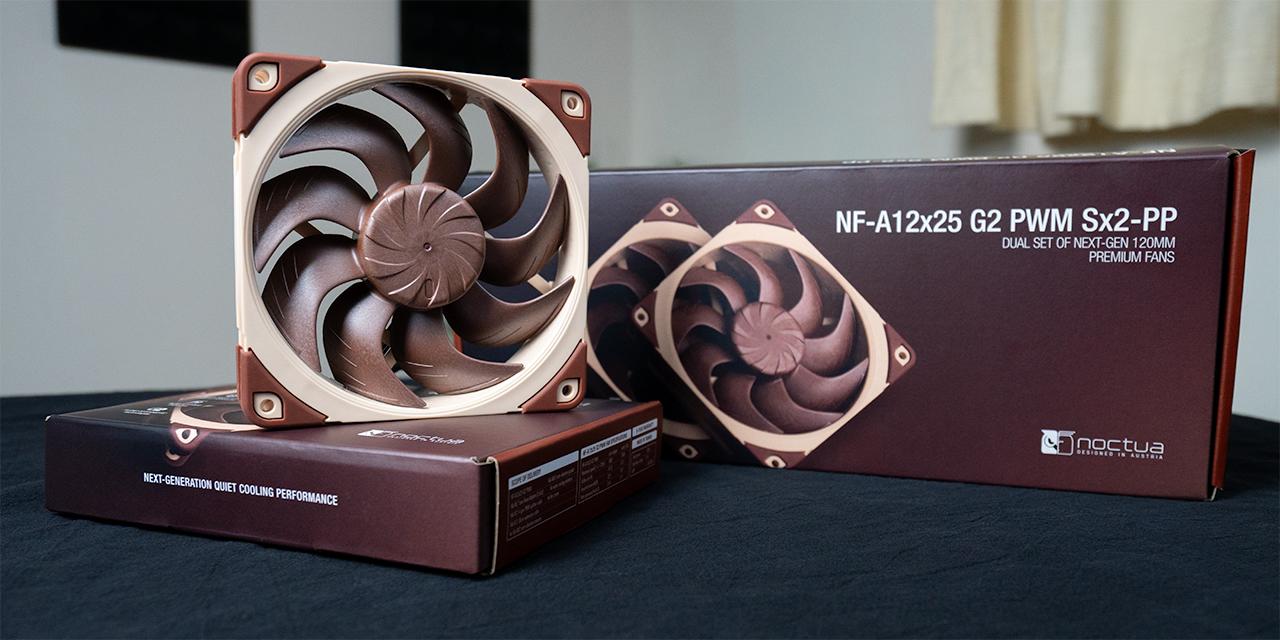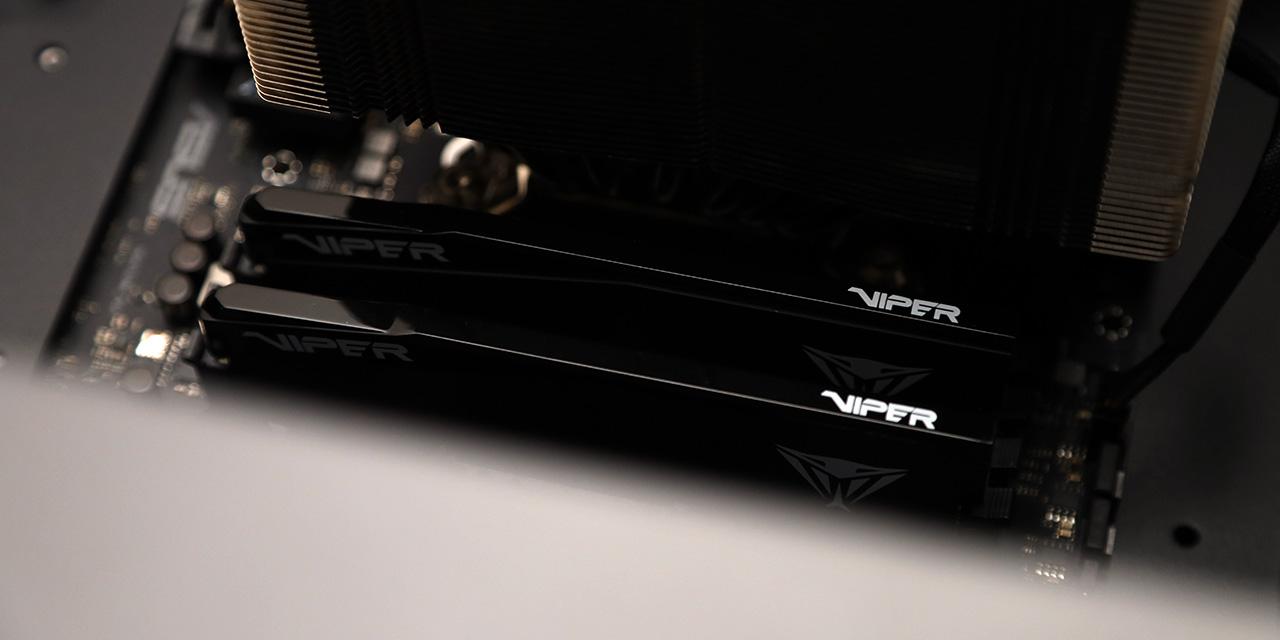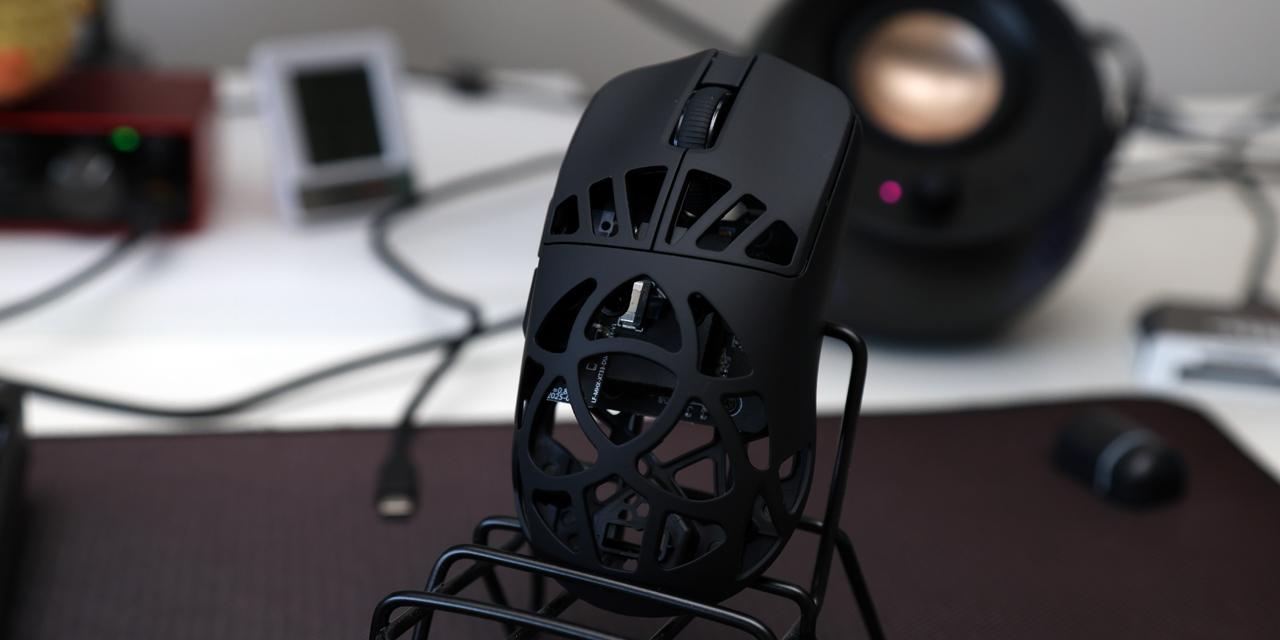From PC World: The United States is pushing for domestic manufacturing, and by “pushing,” I mean throwing markets into chaos with tariffs against specific countries and products decided seemingly at random. But how much will computer chips, probably the most complex and in-demand general production item on the planet, cost to make stateside? AMD’s CEO has an answer, or at least a guess.
Dr. Lisa Su said that chips produced at the new fabrication facility in Arizona will be “more than 5 percent but less than 20 percent” more expensive compared to Taiwan, speaking to AI industry leaders, government officials, and press in Washington DC. Su elaborated that the extra expense is worth it to diversify the incredibly complex supply chain, reports Bloomberg.
The Arizona plant is owned by Taiwan Semiconductor Manufacturing Company, TSMC, the global giant of chip fabrication that partners with essentially every major cutting-edge chip designer for at least some of its output. Billions of dollars are being poured into a US push for domestic semiconductor output via the CHIPS Act, with the Arizona fab being the largest. TSMC Arizona Fabs is currently outputting hardware, but won’t be fully completed until 2026. Other American chip fabs are planned for New York, Texas, Idaho, Ohio, and other locations, from corporations including Intel, Samsung, and Micron.
5-20 percent more expensive than the established manufacturing in Taiwan and other countries is a rather general figure…and one that could be easy to fudge for Dr. Su by leaving out some crucial details. Semiconductor manufacturing is a mind-bogglingly complicated business, with new fabrication plants taking years of development, to say nothing of the process of designing, testing, and finally rolling out new chip designs. It’s also a cutthroat competition between corporations and the governments that want to host them. For a full and authoritative breakdown, be sure to check out PCWorld’s recent interviews with Dr. Ian Cutress.
View: Full Article





